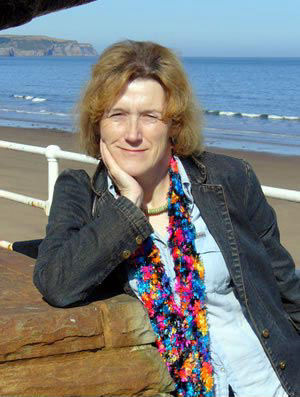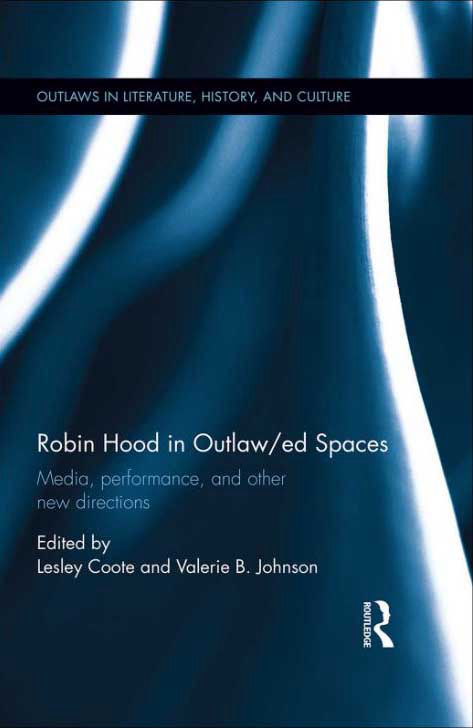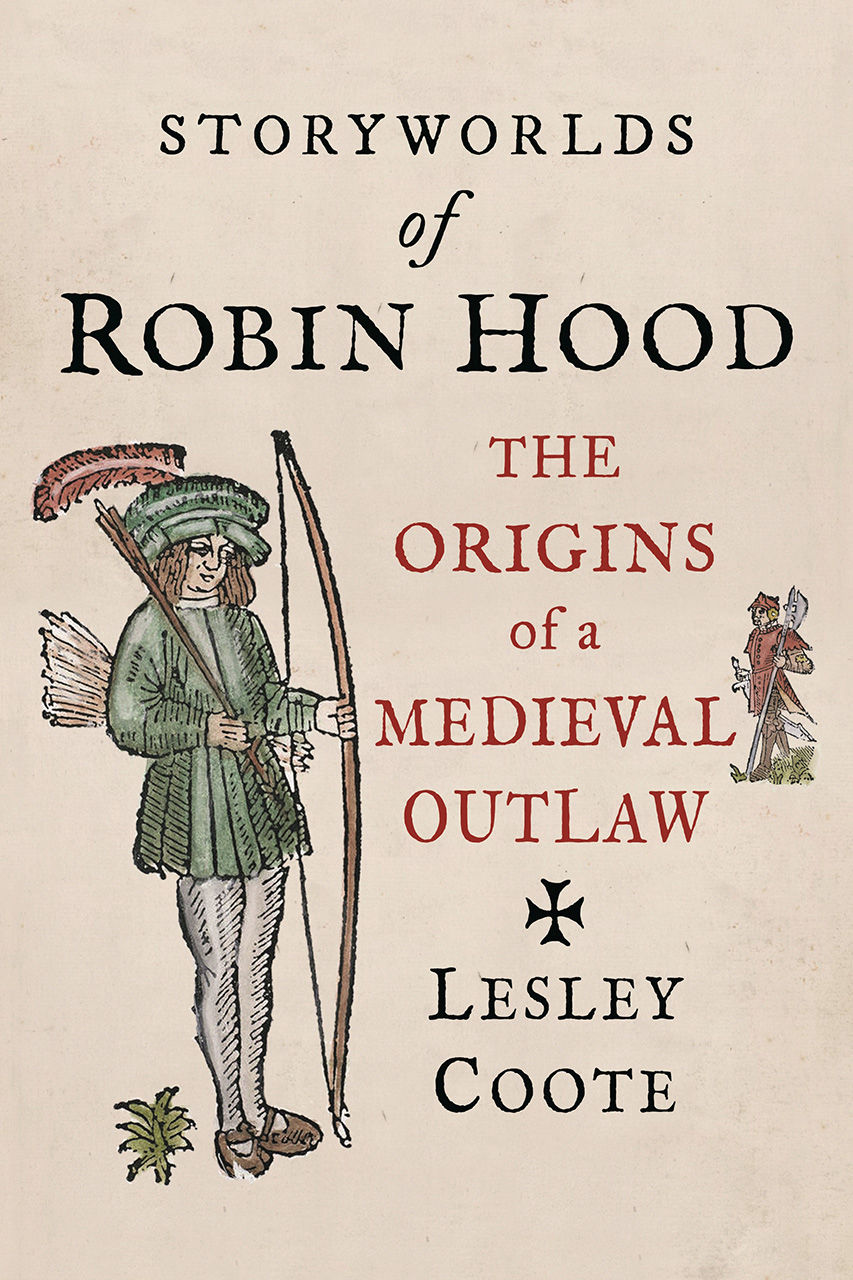Storyworlds of Robin Hood
AWW: Your new book is called Storyworlds of Robin Hood. What are Storyworlds?
LC: The term ‘storyworld’ was first defined (by T P Wiseman) in relation to stories of the Siege and Fall of Troy. It refers to the whole gamut of characters, tropes, objects and images which are used by writers and artists to tell the stories around a particular set of events. For Troy, it would include not only Homer’s Iliad and Odyssey, but Dares’ Excidium Troiae, Virgil’s Aeneid, Racine’s Andromache, Pat Barker’s Silence of the Girls, that terrible film with Brad Pitt and Brian Cox, as well as the medieval Brut legend. This means that there’s one storyworld for Robin Hood, to which all ‘Robin Hood’ productions refer, and to which they belong, no matter when they were produced. Other outlaws and tricksters have storyworlds of their own – Till, Reynard and Troubert, for example. The Virgin Mary has her own miraculous storyworld, and so do the pastourelles and the fabliaux. That being said, these frequently have things in common - my book is largely about that. My point is that medieval audiences and writers, knowing many or all of the alternatives, would be aware of such connections and could exploit them when composing, reading, writing or listening to stories about Robin Hood. Therefore - when we are trying to understand Robin Hood material (in this case from the medieval period) it helps to know about other storyworlds that collide with his, and their relationship with it. Other ideas, genre for example, become very interesting when considered within this framework.
AWW: What is one of the ways that the Storyworld around the late medieval Robin Hood is different from the Storyworlds of today’s legend?
LC: The most important difference between the medieval Robin Hood and now? Probably the need to contend with Robin’s moral goodness (or lack of it). Since he lost his medieval justification (his relationship with the Virgin Mary), people have mostly felt the need to give Robin and his men a backstory to explain why they’re into robbery with menaces, general thuggery and personal violence. Even if authors don’t justify him morally, they still address his morality, good or bad. That may be one of the reasons why modern stories are generally stymied from the beginning - Robin has to have a good, excusable or at least understandable, if not ever so moral, reason for what he does. Medieval authors didn’t need to waste much time on that.



Contact Us